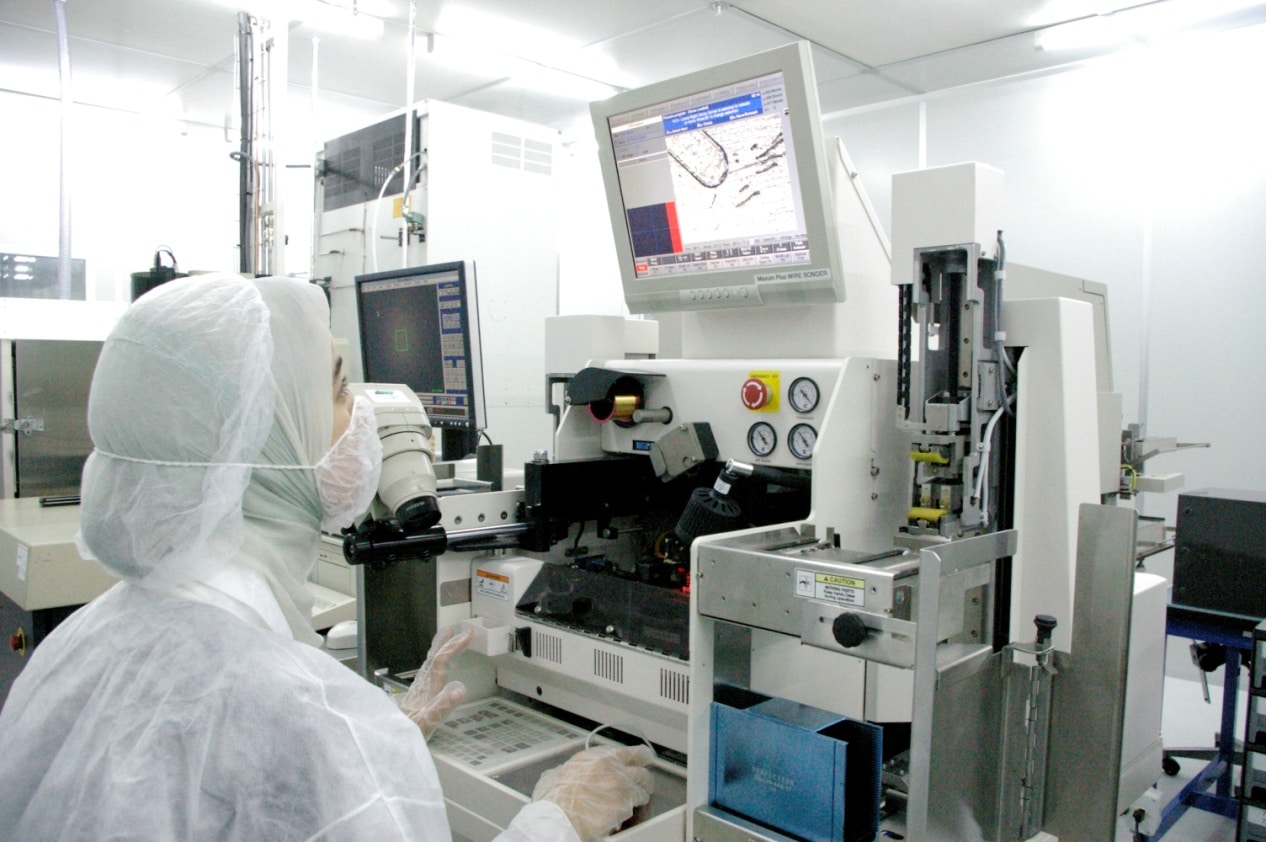A microbial-controlled clean room allows medical device manufacturers to handle the complete manufacturing process. By eliminating the need to ship finished devices to a third-party vendor for cleaning or packaging prior to sterilization, an in-house clean room helps to shorten the supply line, save time, and contain costs. Choosing a manufacturer without one increases the potential for production/delivery delays, product routing/tracking confusion or errors, accidental device contamination, and other problems. Having in-house clean rooms of this type streamlines the production process and reduces opportunities for finger-pointing if a question arises with a product in the field.
What is the definition of a clean room? It can be defined most simply as an enclosed environment with a low level of pollutants like dust, airborne microorganisms, aerosol particles, and chemical vapors.
Clean rooms are widely used in:
- Semiconductor manufacturing
- Biotechnology
- Life sciences
- …Anywhere there are products or processes that are sensitive to environmental contamination
The air entering a clean room is filtered to exclude dust; once inside, it is recirculated constantly through high efficiency particulate air (HEPA) and/or ultra-low penetration air (ULPA) filters to remove particulate contaminants generated inside the clean room itself.
As an example, a typical cities outdoor atmosphere contains 35 million particles that are 0.5 microns in diameter or larger per cubic meter, which corresponds to an International Organization for Standardization (ISO) Class 9 cleanroom. In contrast, an ISO Class 1 cleanroom allows no particles in that size range and only 12 particles that are 0.3 microns or smaller per cubic meter.
Valtronic operates a variety of classes of clean rooms in its manufacturing facilities around the globe, Switzerland, United States and Morocco. The newest one, which went into service in 2013, is an ISO Class 8 microbial-controlled clean room located in Valtronic’s Solon, Ohio, manufacturing facility. This clean room combines temperature, humidity and contamination controls designed to prevent both particulates and microbes (dust, pollen, fibers, germs, yeast, molds, etc.) from making contact with implantable devices during final assembly and pouching, prior to EtO sterilization.
Valtronic’s Class 7 clean room in Les Charbonnières, Switzerland, is designed for producing electronic modules that require die assemblies (including those used in cochlear implants or neuro-implant systems to prevent glaucoma). It offers international customers access to a wide range of equipment, including stoves, Camalot® adhesive dispenser, wire bonders, a heavy wire bonder, die bonders, flip chip bonders, interferometer, UV oven, plasma system, vacuum oven, molding system, pull tester, die shear tester, centrifuge, screen printers, and azote cabinets.
The company’s Class 7 and Class 8 clean rooms in Morocco are used in the production of active implants as well as a wide range of other medical devices, including bronchoscopes (instruments for examining the interior of the tracheobronchial tree), therapeutic goggles used for drug diffusion for those suffering from dry eyes, and miniaturized electronics for gastric band bariatric surgery.
I hope that this blog article offered you insight into what a cleanroom is and the advantages that they present in electronics manufacturing. Be on the lookout, as we will be releasing a white paper in the next few weeks focused directly on cleanrooms.
Want more information on our global capabiltiies and ISO 7 & 8 cleanroons? Click the button below.



